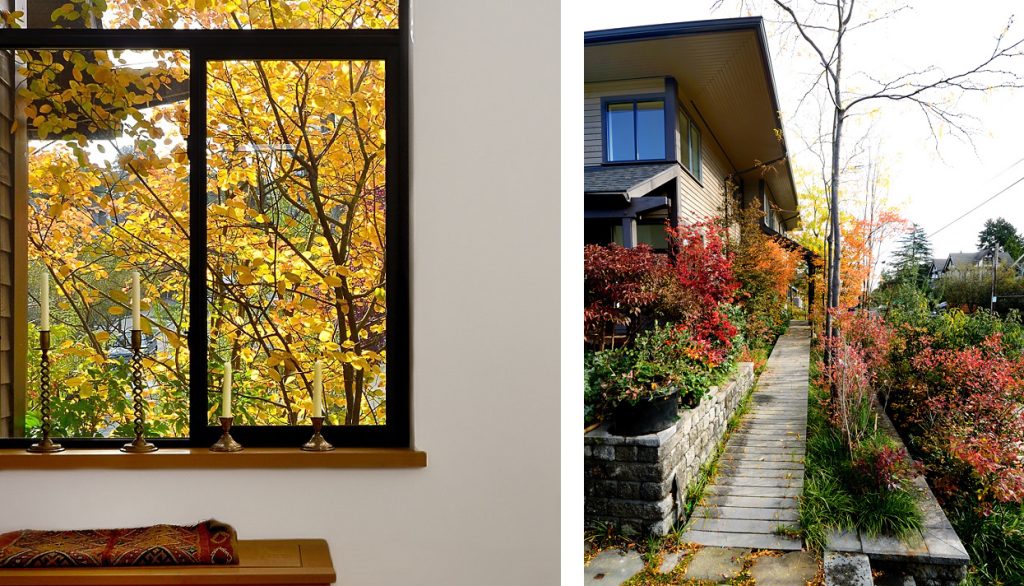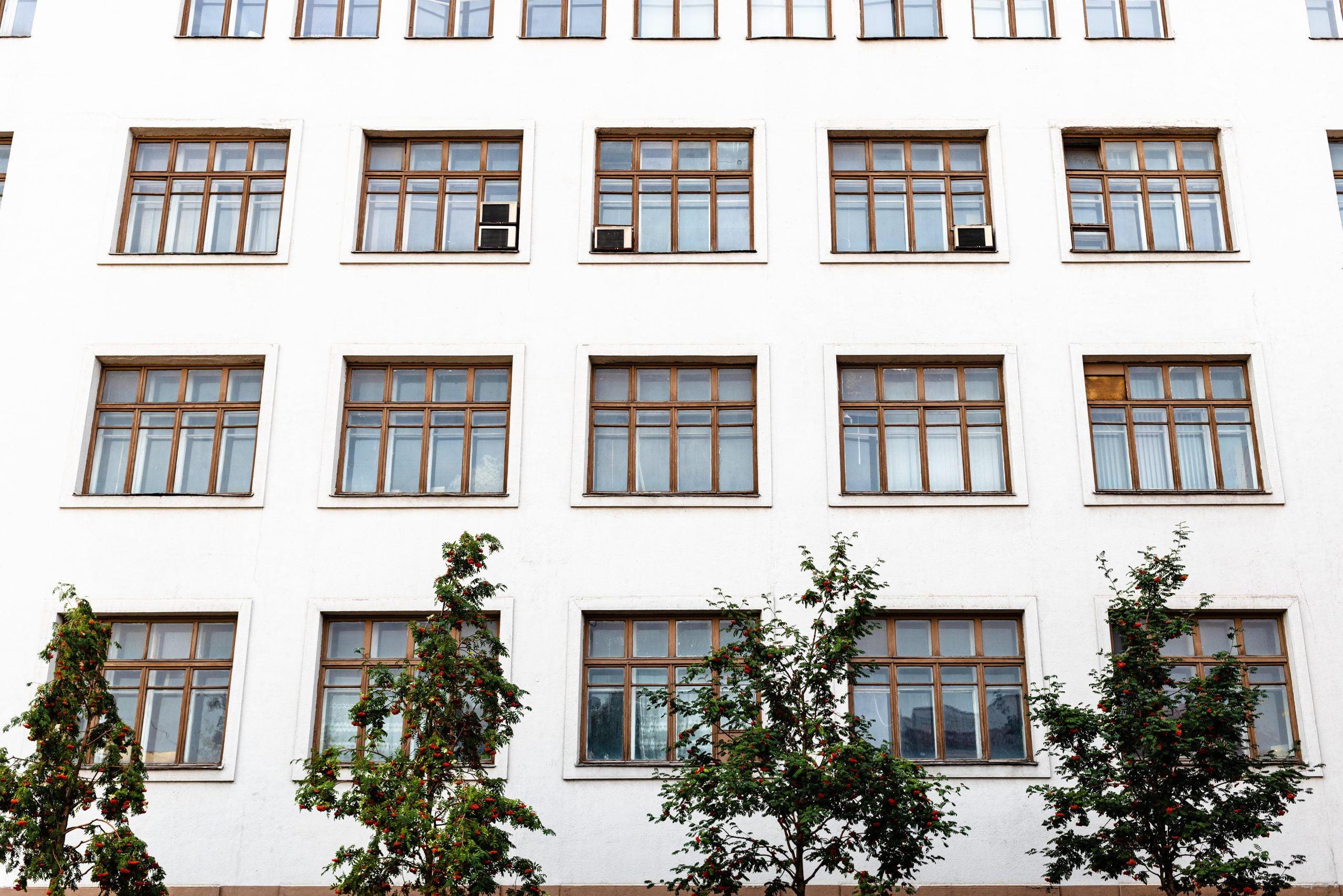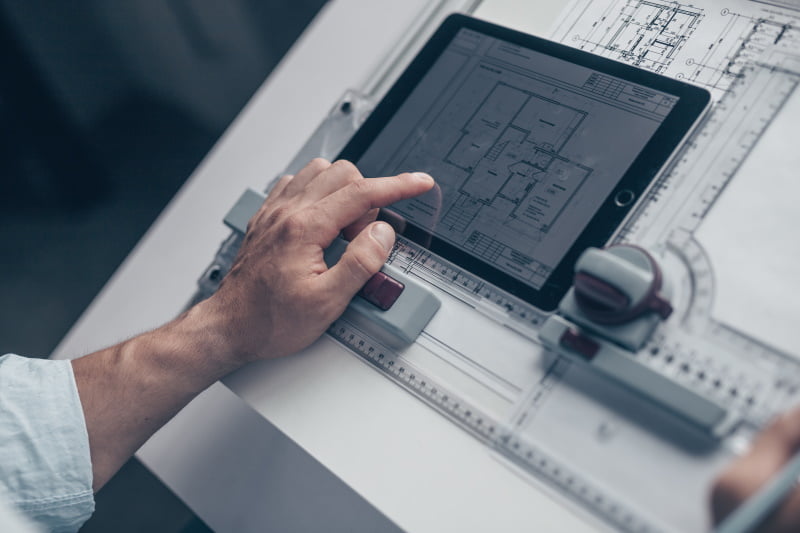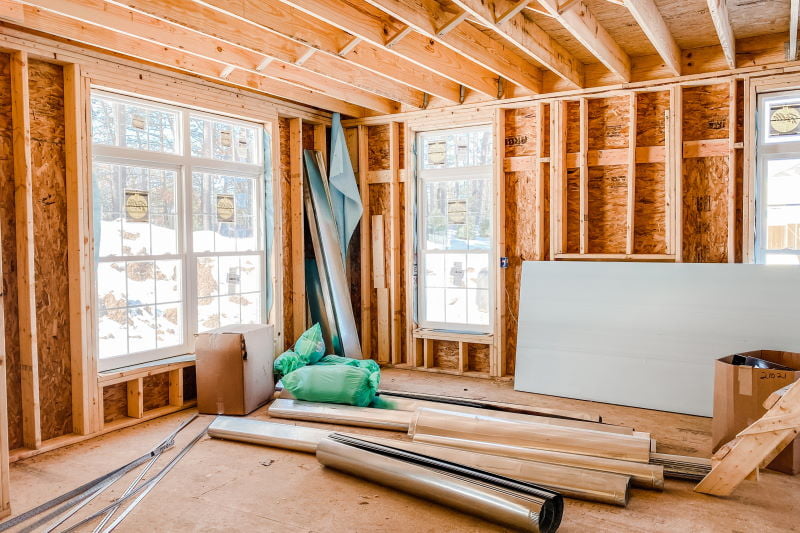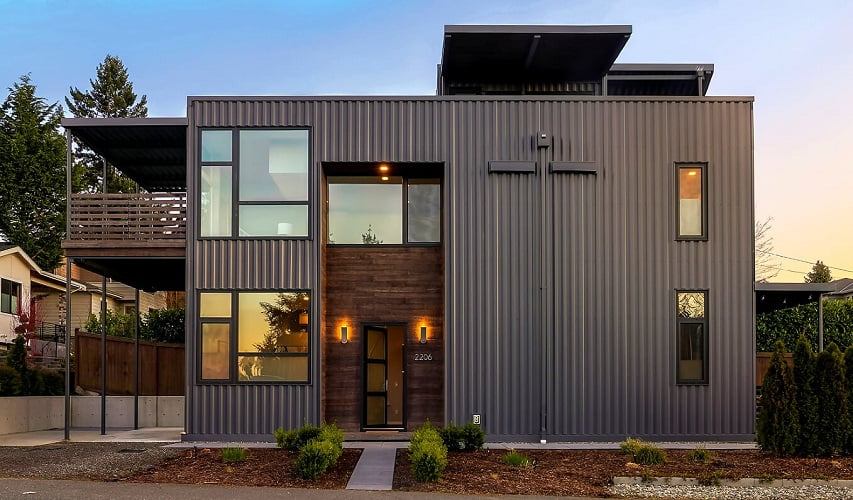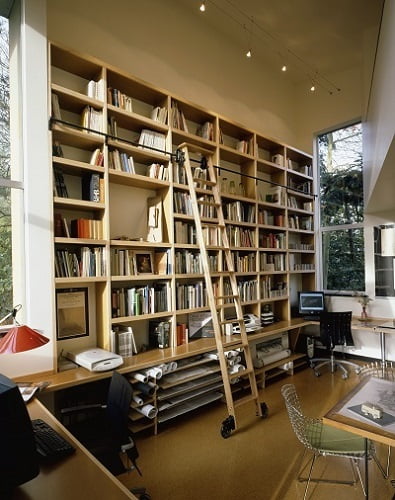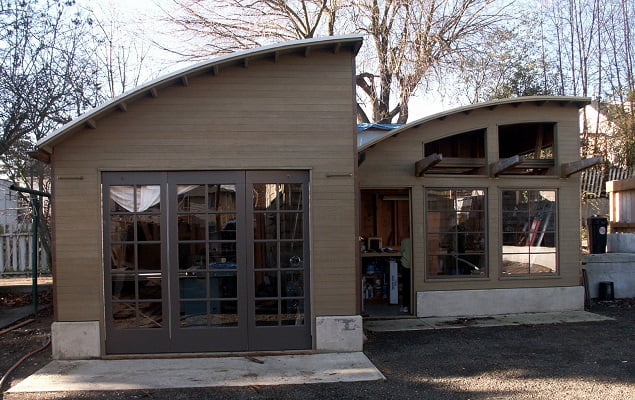Ectypos Architecture’s Approach to Biophilic Design
Biophilia, mankind’s intrinsic connection with nature, is experienced as the restorative relationship between our built environment and nature. Our physical and mental well-being are overwhelmingly enhanced by exposure to nature. Utilizing the principles of biophilic design in buildings and manmade landscapes is essential to our health. In the Pacific Northwest, with its temperate climate and beautiful natural landscapes, opportunities to design and build urban spaces and buildings that not only take advantage of this necessary relationship but celebrate it are endless.
Aspects of biophilia include topography; climate; natural light; views; flora and fauna; water flowing and still; seasonal turnover and more. Nature is always changing and yet it stays the same. The view of Mount Rainier can change from moment to moment as the weather moves in and out throughout the day, and season to season as the snow falls and melts. If you are in Tumwater, it has a different impact than if you are in Seattle. It remains a powerful talisman for all Washingtonians.

The relationship to nature anchors us in our place and paces our days and years. Well-designed buildings and man-made landscapes not only incorporate these qualities but make them central to the design. In all its projects, Ectypos Architecture seeks synergies between nature and the built environment where the user finds a calming, restorative and reinvigorating experience.
Good biophilic design nurtures a relationship with nature through repeated contact and interaction in diverse ways. Seattle has been shaped by the Olmsted Plan linking extremes of the city with a series of parks connected by boulevards. The Plan enhances institutions such as the University of Washington, its Arboretum, Woodland Park Zoo, and the Ballard Locks. It has defined whole neighborhoods: Queen Anne, Magnolia Bluff, Ravenna, Leschi and Seward Park. Each park is unique in its own natural and urban qualities. Cycling, walking, jogging, or driving along Lake Washington Boulevard to Seward Park or the University of Washington, one can’t help but be delighted by the experience of the lapping lake water, the birds catching fish, the lush vegetation and the views of Mount Baker and Mount Rainier. These characteristics of the broader urban landscape inform our design of more intimate domestic space. In our work we utilize the characteristics of the immediate site, enriched by the greater landscape, to create homes where the relationship with nature is felt in each space, interior or exterior. Intimate garden spaces with borrowed views of more expansive landscapes provide a rich tableau of experiences; views to the garden and beyond, quality light and natural air flow, that change with the time of day and the seasons are central to physical and emotional wellbeing. The inherent beauty found in these relationships is what distinguishes architecture from just building.
Light as it ebbs and flows depending on time of day and year, allows us to reconnect with our own biologic clocks. Light quality is also determined by orientation. The sun rises in the east and sets in the west, it is most intense to the south at noon on June 21st. Northern light is the most even, the best to work by and exhibit art in. For Seattle natural light is a commodity. Our latitude provides sweet luxurious summers with daylight extending to 10pm after which there is a deep aubergines glow in the sky that seems to last to the earliest hours of the morning. Complete westerly exposure, however, can be deadly in high summer as the sun hovers above the horizon for hours in the late afternoon and early evening before it sets, potentially causing a building to overheat and furniture to bleach out. In the depths of winter, the days are very short, almost oppressive, artificial lighting becomes a must, it gets so dark. And yet it is these extremes that connect us to nature season after season, year after year and to each other. In Albuquerque, the sun can be so intense and hot in mid-day that it is critical to treat the building as a machine where the windows are opened in the morning to let in fresh cool air and then closed late morning to trap it in, only to open up again as the sun sets and the desert cools. At Ectypos Architecture we carefully evaluate orientation, building form and means of light modulation through shading or structure. We design our buildings to work with natural light and temperature, so people reap the benefits of these rhythms.
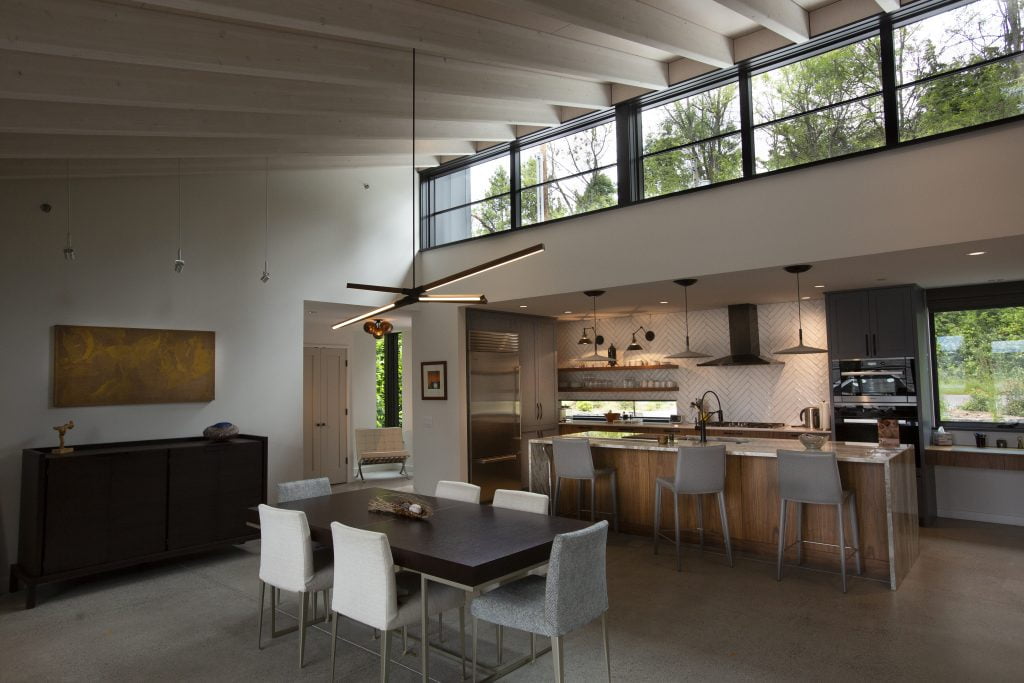
The qualities engendered in biophilia are essentially defined by Place. Wherever you are the architecture must find a synergy with the place. A building designed in Seattle, positioned between Puget Sound and the Cascade Mountain Range that enjoys mild moist winters, relatively dry summers with modestly warm temperatures and dramatically different daylight hours from winter to summer, will not have the same quality if it were built in Corrales, New Mexico. There the air is thin, the water is precious, and the sun is intense all year. Light is modulated differently in the two locations. Water too is celebrated and handled differently. Harnessing the qualities of site: climate, exposure, vegetation, topography, and the like enhances people’s experience of a place or space and is central to good biophilic design around the world.
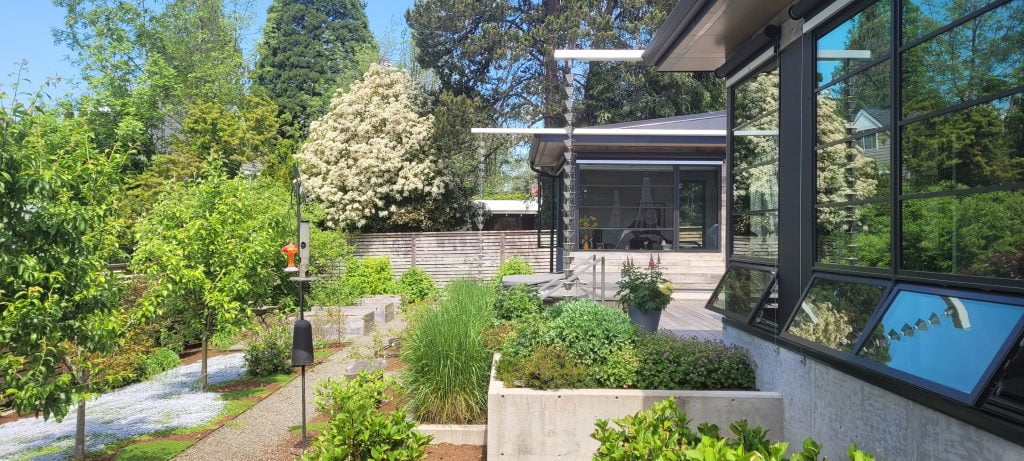

Over the last century Seattle has been heavily influenced by Japanese culture and architecture. The unparalleled traditional joinery which many consider the hallmark of Japanese architecture is without doubt impressive. But it is the architectural spatial ideas such as the transition from public to private; a garden that provides layers of depth and meaning in often very small spaces; paths created from natural stone that require the user to slow down and take note of their surroundings; heavy deep roofs that protect from the elements and so on are what really inform and enhance our personal experience and our constant relationship to nature.
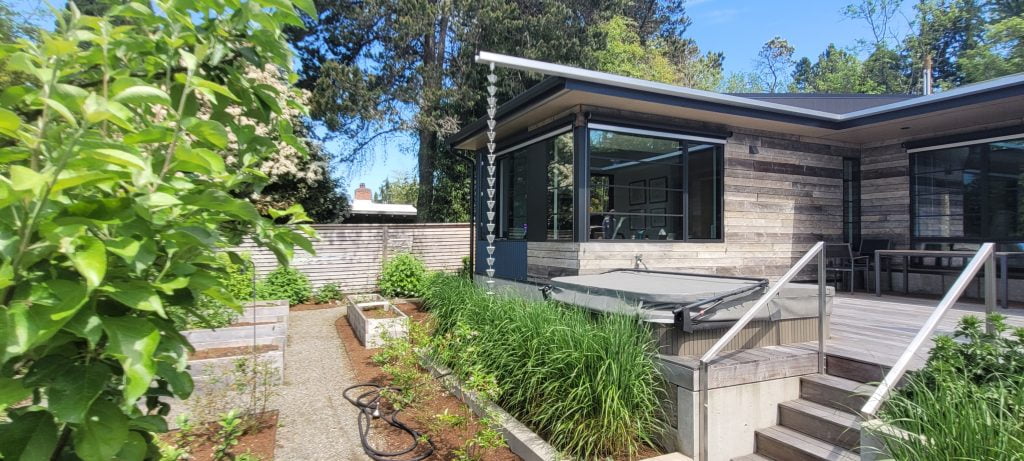
As a readily accessible example, the “rain porch”, a narrow-covered space between the interior and exterior is a particularly apt concept in Seattle where we often have rain and still want to experience the outdoors while protected. This space creates a transition that separates and connects us to the natural environment. Mimicking these concepts out of context is not the intention of bringing them to light, but the base concepts themselves: mechanisms to slow one down so we take note of our surroundings; roofs that protect the building and its inhabitants from the elements; the dark interior spaces that are then punctuated with light and views into the garden; the natural materials of wood and stone that are polished with generations of use; enjoying the view of a garden during a spring downpour while protected from the rain itself but still experiencing the smells, light, freshness of the air etc. The architectural expression of such concepts as they find a symbiotic relationship with the nature of the site are hallmarks of good architecture and good biophilic design. They are also particularly sensible in this naturally beautiful place.
